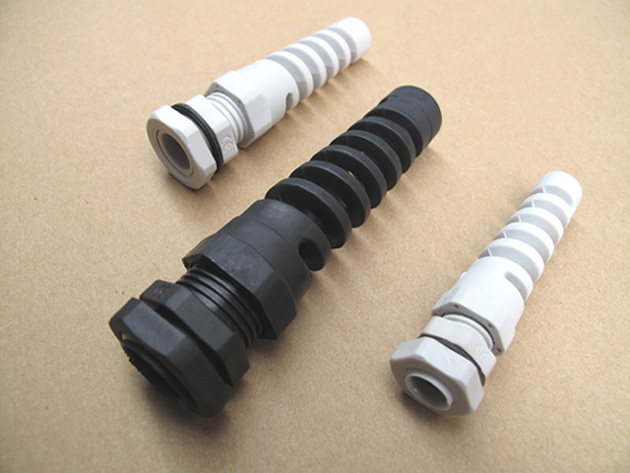 This world is getting smaller all the time, and cables happen to play a great role in making everything more connected. Don’t kid yourself about going wireless. The implements may seem wireless, but their usability still depends on base units that, of course, utilize cables to be hooked up to the grid. Unless you live a life that’s completely unplugged, chances are you have cables coiled or snaking about in various areas of your home.
This world is getting smaller all the time, and cables happen to play a great role in making everything more connected. Don’t kid yourself about going wireless. The implements may seem wireless, but their usability still depends on base units that, of course, utilize cables to be hooked up to the grid. Unless you live a life that’s completely unplugged, chances are you have cables coiled or snaking about in various areas of your home.
Now, all these wires are prone to the usual bending, twisting, stretching, tangling, chafing, etc. due to the repeated movements they are subjected to. All that strain can definitely compromise their integrity, so it’s important that your cables be protected in order for them to preserve their form and function as well as overall safety.
There are various cable strain relief solutions out there. You need to understand that they come in various sizes and materials, so you have to know which ones are suitable for which conditions. In ordinary or domestic applications, tough plastic or polyethylene bushings do the job, but cables also abound in harsher environments, so here’s a simple guide for choosing the right cable strain relief connectors for different setups:
Wet – When cables come in contact with water or other forms of liquid, such as those used in paper production, food processing, and water treatment, the ideal materials for waterproof cable grips are stainless steel, nylon, valox, nickel-plated aluminum, and nickel-plated brass.
Hot – For environments that expose cables to high or fluctuating temperatures and even direct heat, such as in welding, paper production, and food processing, connectors should be made of stainless steel, valox, silicone, or nickel-plated aluminum.
Cold – For applications that necessitate or are subjected to sustained freezing temperatures, either indoors or outdoors, such as in the case of refrigeration and freezer storage, cable connectors should be made of silicone, viton, neoprene, or stainless steel.
Chemical–In areas where cables are routinely exposed to chemicals and other abrasive elements, such as in water treatment and different manufacturing processes, the recommended materials are PVC, valox, silicone, stainless steel, and viton.
Mechanical – For situations that subject cables and their connectors to frequent bending and flexing, such as in robotics or automation, industrial strength cable grips are necessary. They are typically made of stainless steel, steel, aluminum, nickel-plated aluminum, or nickel-plated brass.
These cable strain relief solutions definitely come in all types, so make sure you order accordingly.

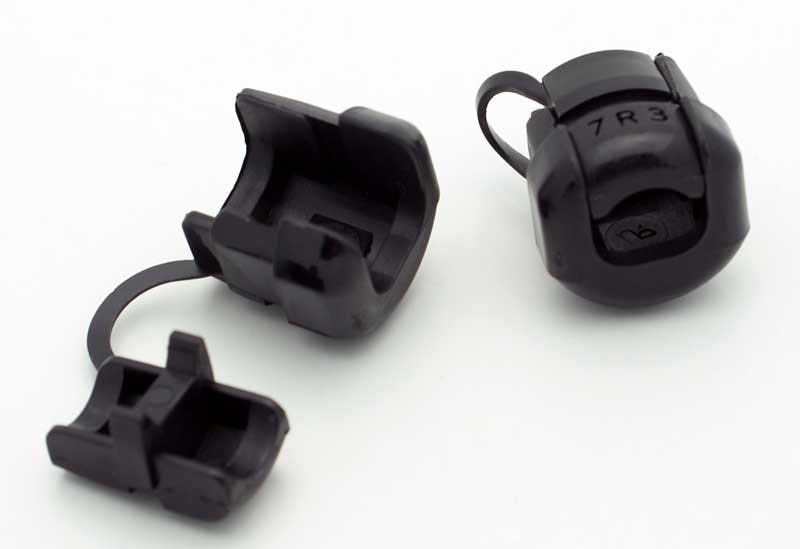 Unless you live completely off the grid, your home is probably prone to what can be considered a universal malady: out of control cabling. You see different cables in ugly snarls on the floor or hanging behind expensive electronic appliances and equipment. Not only are they an eye sore; they can also be damaging and downright dangerous.
Unless you live completely off the grid, your home is probably prone to what can be considered a universal malady: out of control cabling. You see different cables in ugly snarls on the floor or hanging behind expensive electronic appliances and equipment. Not only are they an eye sore; they can also be damaging and downright dangerous.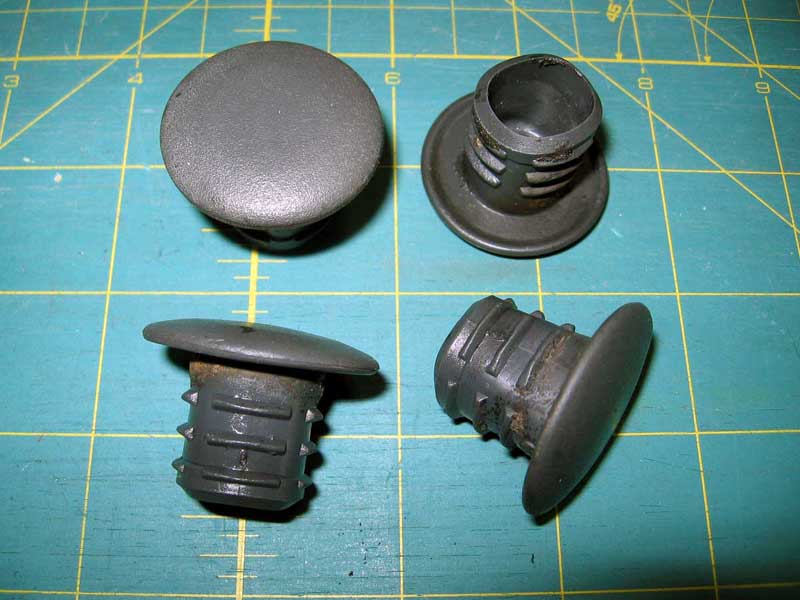 There are different kinds of holes. Some are accidental and others, intentional. Whatever kind a hole may be, it needs to be covered as soon as it has achieved its purpose. Of course, there are cases when holes are really meant to be exposed, but in many instances, they have to be covered and disguised for the entire panel to achieve structural and superficial integrity.
There are different kinds of holes. Some are accidental and others, intentional. Whatever kind a hole may be, it needs to be covered as soon as it has achieved its purpose. Of course, there are cases when holes are really meant to be exposed, but in many instances, they have to be covered and disguised for the entire panel to achieve structural and superficial integrity.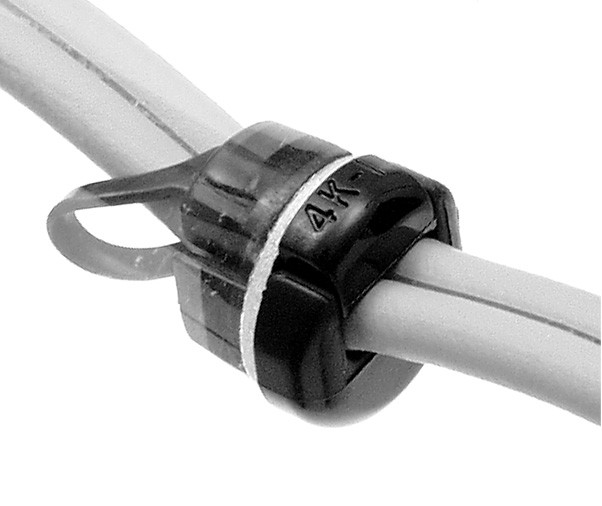 When you are looking to get tools and components for your equipment, you naturally want to get the best quality — especially for small parts, like a strain relief. Small parts, in particular, tend to carry significant roles in the longevity and performance of your equipment. So good quality parts, however small, matter a lot. And it all boils down to your choice of supplier.
When you are looking to get tools and components for your equipment, you naturally want to get the best quality — especially for small parts, like a strain relief. Small parts, in particular, tend to carry significant roles in the longevity and performance of your equipment. So good quality parts, however small, matter a lot. And it all boils down to your choice of supplier. Ergonomic plugs. Liquid tight plugs. Mounting hole plugs. There are specific plugs designed and made for every kind of application. It can be a lot of work and takes a lot of patience to choose the right component. From the dimension to the material to the flammability and temperature rating, there are plenty of factors to consider when you need plugs.
Ergonomic plugs. Liquid tight plugs. Mounting hole plugs. There are specific plugs designed and made for every kind of application. It can be a lot of work and takes a lot of patience to choose the right component. From the dimension to the material to the flammability and temperature rating, there are plenty of factors to consider when you need plugs.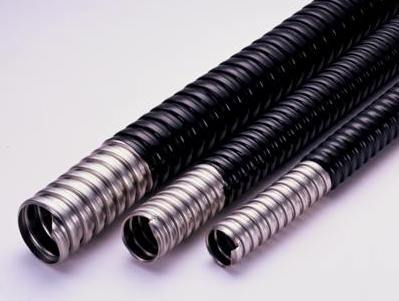 Every little thing counts — especially when you look at machines and equipment. You may find them wherever you are and you may even be using them everyday; the average person might not even consider how every small part plays a big role in the overall function of machines and equipment.
Every little thing counts — especially when you look at machines and equipment. You may find them wherever you are and you may even be using them everyday; the average person might not even consider how every small part plays a big role in the overall function of machines and equipment.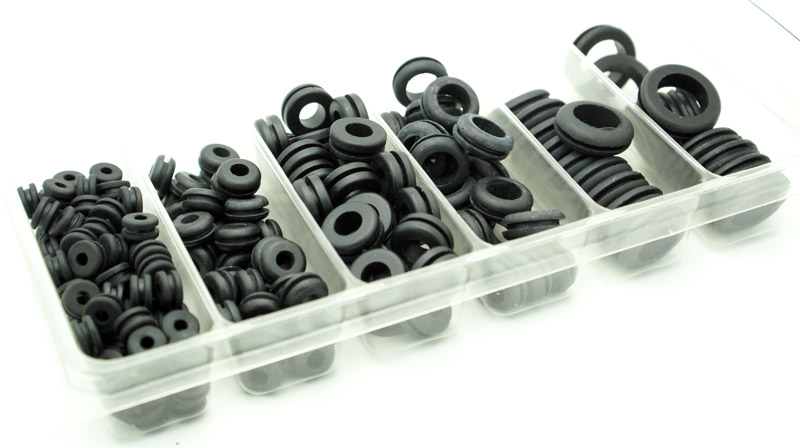 Many individuals, manufacturing companies and business owners are now choosing to order all their supplies online. This is because there are many advantages to be gained when they shop for products on the Internet. For one, buyers can look at and choose from different brands, types, makes and sizes of different products they need or want without having to spend hours and money on gas to source the supplies they are searching for. There is a wide range of items they can look at in a short amount of time,and they don’t have to leave the convenience and comfort of their home or office to look for and buy all their required supplies.
Many individuals, manufacturing companies and business owners are now choosing to order all their supplies online. This is because there are many advantages to be gained when they shop for products on the Internet. For one, buyers can look at and choose from different brands, types, makes and sizes of different products they need or want without having to spend hours and money on gas to source the supplies they are searching for. There is a wide range of items they can look at in a short amount of time,and they don’t have to leave the convenience and comfort of their home or office to look for and buy all their required supplies.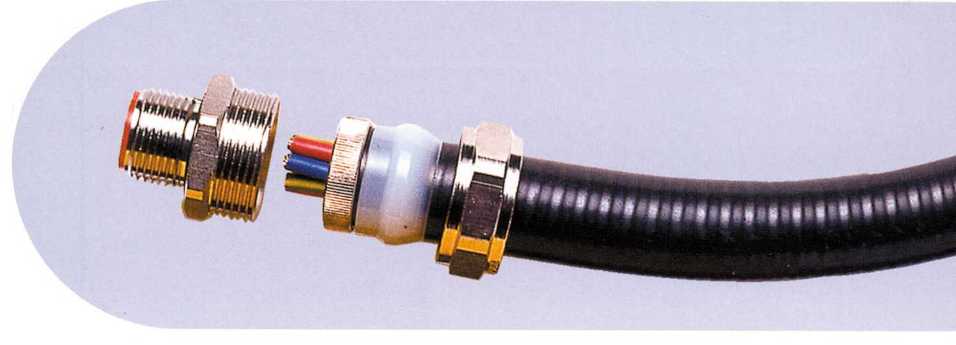 Conduits are used in order to make the installation of electrical cables easier. But in order to reap the added advantage of protection for wires and cables, it is imperative to know which conduit to use for a specific application. In some cases, the manufacturer issues recommendations for installation. For any of the following applications/situations listed below or in the absence of manufacturer’s recommendations, it will serve you well to use a
Conduits are used in order to make the installation of electrical cables easier. But in order to reap the added advantage of protection for wires and cables, it is imperative to know which conduit to use for a specific application. In some cases, the manufacturer issues recommendations for installation. For any of the following applications/situations listed below or in the absence of manufacturer’s recommendations, it will serve you well to use a  Different equipment and electronic appliances rely on different cables for their optimal operation. These cables are found both inside and outside the equipment or appliance. In order for a cable to continue functioning even under the most stressful circumstances,a
Different equipment and electronic appliances rely on different cables for their optimal operation. These cables are found both inside and outside the equipment or appliance. In order for a cable to continue functioning even under the most stressful circumstances,a 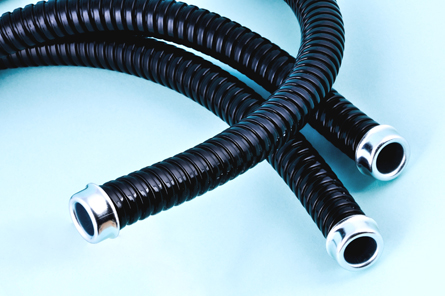 Conduits are tubings used to enclose and protect electrical wires that supply power to a home or a building. Conduits may either be flexible or rigid and are made out of various materials. Many homeowners who prefer to go the DIY route with the installation of wires in their home prefer using a
Conduits are tubings used to enclose and protect electrical wires that supply power to a home or a building. Conduits may either be flexible or rigid and are made out of various materials. Many homeowners who prefer to go the DIY route with the installation of wires in their home prefer using a